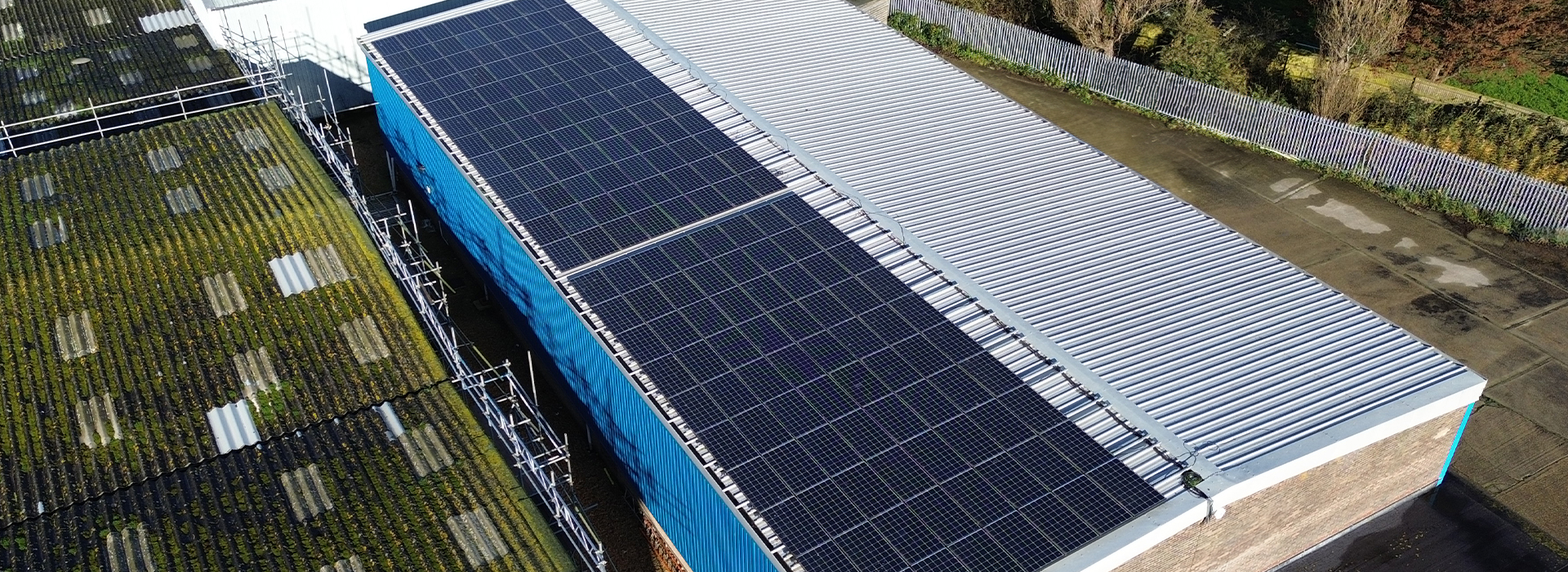PremSafe specialise in roof safety systems and therefore understand them inside-out. However, it can be confusing for someone new to roof safety – such as a new business premises owners and startup contracting companies.
There are important things to know – whether you’re a business owner seeking to reduce litigious charges on falls from height, or a contractor employing staff who work on roof or scaffolding jobs. Whether you’re a business premises owner or a contractor, you still have an obligation to the safety of workers on your roof.
In the case of companies using staff to maintain plant or roofing at height, you need to provide personal protection equipment. However, PPE relies on the human interaction of physically putting it on and clipping to a line in order to be effective. That’s why you should be encouraging all business owners to do their bit, too: have roof safety rails been installed on all accessible parts of their business premises rooftops?
Benefits Of Freestanding Guardrail
There are two different types of rail; fixed and freestanding. Both have their merits, but today we’re focusing on freestanding guardrail. The top benefits to a freestanding rail for ultimate roof safety include:
- Flexibility: move them where you need them
- Economical: buy only the rail you need, with no excess
- Quick and easy to install: no special tools required
- Great integration: work with fixed rails so you can develop a truly bespoke safety system
- No structural damage: no need to drill into the roof to secure the rail system
- Top safety: tested on all roof surfaces
- Work around complex roofing structures: integrates with platforms and up-and-over ladders for multi-level roofing areas
- Add extra protection: can be placed anywhere on a roof area to designate access routes, rather than just as a perimeter
- Environmentally-friendly: post weights are made from recycled rubber
How Efficient & Economical Is Freestanding Guardrail?
Almost anyone can install a roof safety system like freestanding guardrail’ all it takes is some simple logic and an allen key, plus a good set of muscles to heave the weights around.
A full perimeter system can be set up within a few hours with no disruption to business operation,as there’s no need to drill into the building structure and the rails can be constructed and cut to size in-situ.
A freestanding guardrail system is particularly economical, as you can choose where you want it and it can be moved to suit your requirements, or added to if you need to install plant at a later date.



